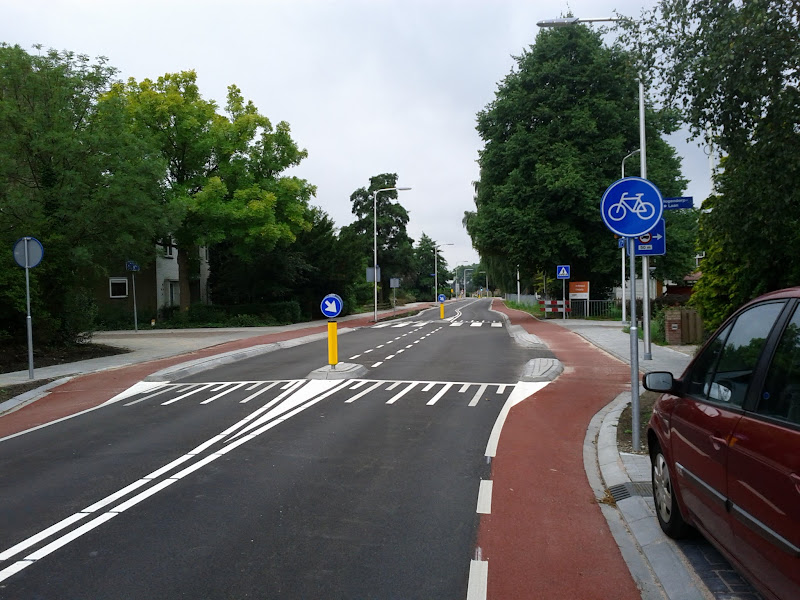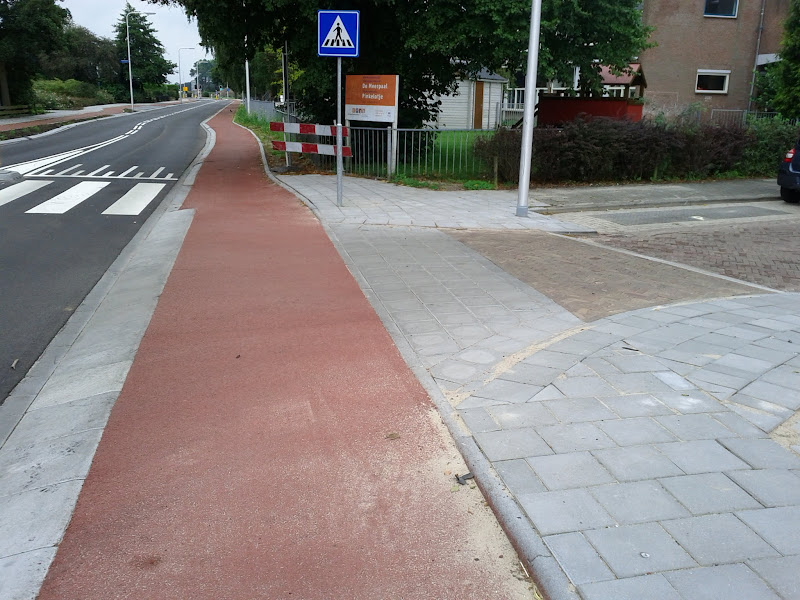A topical guest blog entry from Rudy Jakma, a recently retired commercial pilot, with 22,000 hours of experience on a wide range of aircraft, many of them on jets.
For four days air ravel all across Europe has been severely disrupted by clouds of ash from a volcanic eruption in Iceland. A stable area of high pressure steered the ash clouds first towards the British Isles. Then it drifted slowly towards the north of continental Europe where is lingers. Continued volcanic activities are feeding the cloud which so far has showed but little sign of dispersing.
The problem is that very little is known about the effects of volcanic ash on aircraft. Only a few have resulted in recorded incidents, the best known the case where a British Airways Boeing 747, commanded by Capt. Eric Moody, without warning flew into the ash cloud of a volcanic eruption of the Krakatau and lost power of all 4 engines. It resulted in a celebrated triumph of excellent crew management and airmanship. Three engines were evenutally restarted. The aircraft landed safely but was severely damaged. It is my guess that many aircraft, before and since, may well have flown through the residue of a volcanic eruption without ever being aware of it.
The problem facing Civil Aviation Authorities and airlines is that there are little or no statistical or scientific data available on the effect of volcanic ash on aircraft – other than the few cases that resulted in incidents. These incidents demonstrated beyond a shadow of doubt that volcanic ash can pose a severe potential hazard to aviation. These are the worst-case scenarios. The dividing line between acute danger and a minor risk is anybody’s guess. This is the reason why the authorities see no choice but to err on the side of safety.
The majority of aircraft used by the airlines to-day are equipped with jet engines. They are at their best effciency at higher altitudes. In general above 30,000 feet. This is where, according to reports, the ash cloud lingers. They fly at speeds of around 500 mph which turns the minuscule ash particles into sand blasting. It can damage every part of the aircraft facing the airstream: Wings, engines and windscreens.
Jet engines suck in enormous quantities of air. Part of which goes through the combustion chambers and part is bypassed around the engine to give a large volume of gases leaving the exhaust at high speed to propel the aircraft. The compressor at the front of the engines has a number of blades that have a critical aerodynamic shape. The ash particles can damage the compressor blades, altering their shape and making the engine less efficient. The ash going through the combustion chambers may melt and form a deposit on the turbine blades. The result will at best be a heavy repair bill, at worst a write-off of the engines. Perhaps even of the entire aircraft.
Even though this will probably not result in a crash, safety regulations prescribe that an airliner MUST be able to go around if conditions prevent a landing. If engine power is compromised, a go-around may be impossible. Damaged turbine blades may even result in so-called “compressor stall” if full power is selected. This in turn could lead to a “flame-out” of the engines. Losing all engine power at a critical moment is too great a risk to even contemplate.
Aviation has built an excellent safety record. A lot is based on the principle of redundancy and alternatives. Knowingly flying into an area where abrasion damage could degrade aircraft performance to an unknown extend is unacceptable. This consideration in itself can make departure of an airline flight with passengers illegal.
There are good reasons why authorities have decided to close a large – and expanding – portion of European airspace closed. However, the effect is already wreaking havoc with travellers. Passengers are stranded, many others are faced with cancellation of their plans. Many have booked and pre-paid holidays. Train and ferry services are filled to capacity and have long waiting lists, especially cross Channel services and ferries across the Irish Sea.
The loss of revenue, combined with the cost of accommodating stranded passengers could result in the bankruptcy of several airlines if this situation continues much longer. The survivors could well become the dominant players when – to use a very corny joke – the dust has settled. The landscape may well be very different after aviation resumes – whenever that may be.
Airlines already work on a wafer-thin margin. Regular airlines will have to look after thousands of stranded passengers, They also employ a large number of ground staff. An event like this does not feature in the business model of any airline. Budget airlines in general do not look after their passengers in the same manner. They also have in comparison a lot less overhead.
It will be interesting to see who will come out the winners. I do not think it is coincidental that Ryanair were the first airline to cancel all flights for a longer period than most other airlines. They immediately reduced their exposure to being obliged to look after their passengers. Having a much leaner payroll, it is my guess that Michael O’Leary made a calculated gamble and battened down the hatches early. The Irish government may not have a choice but to seek EU approval for Ryanair to take over Aer Lingus. If there will be anything left to take over!
There will be more victims, and survivors.



